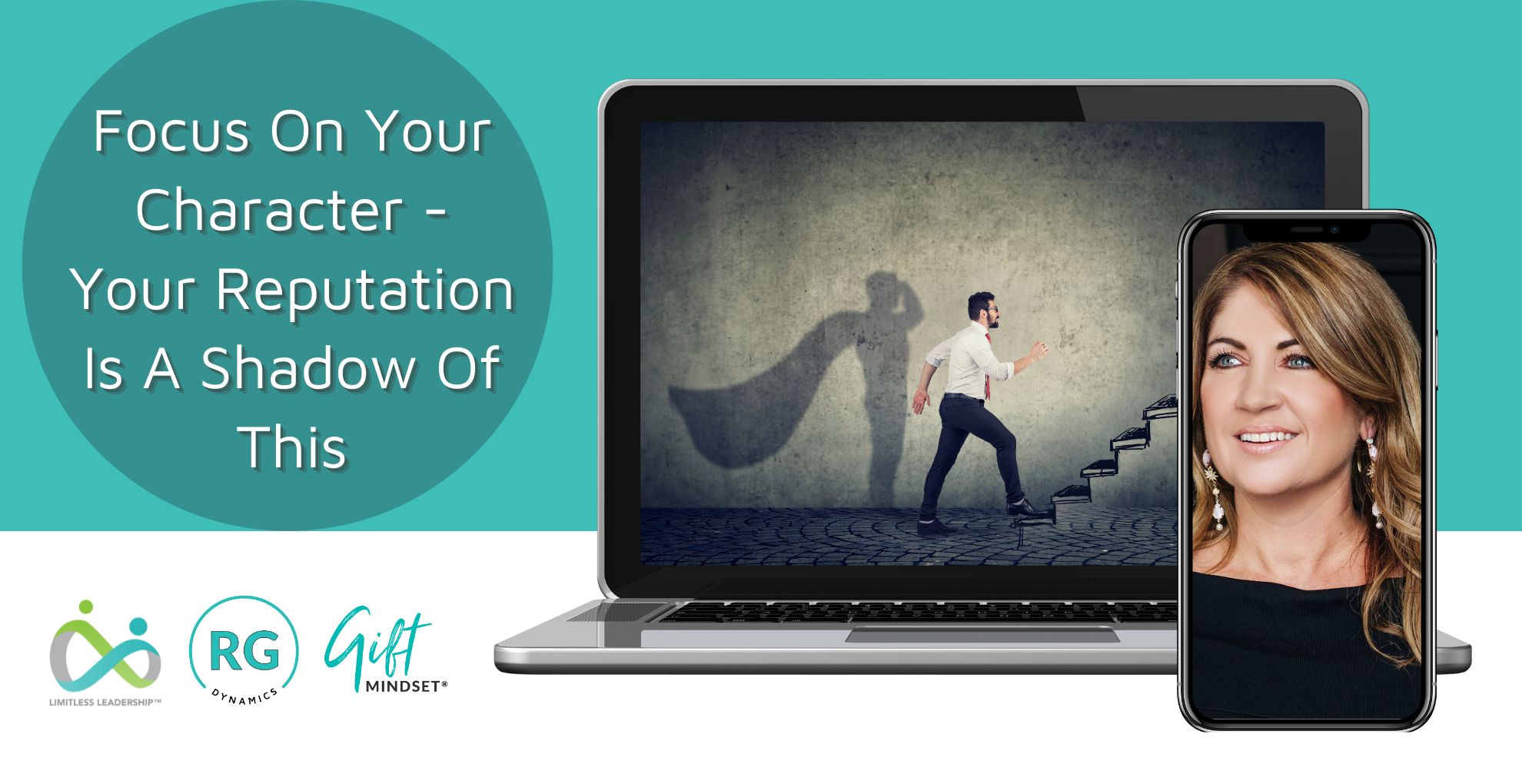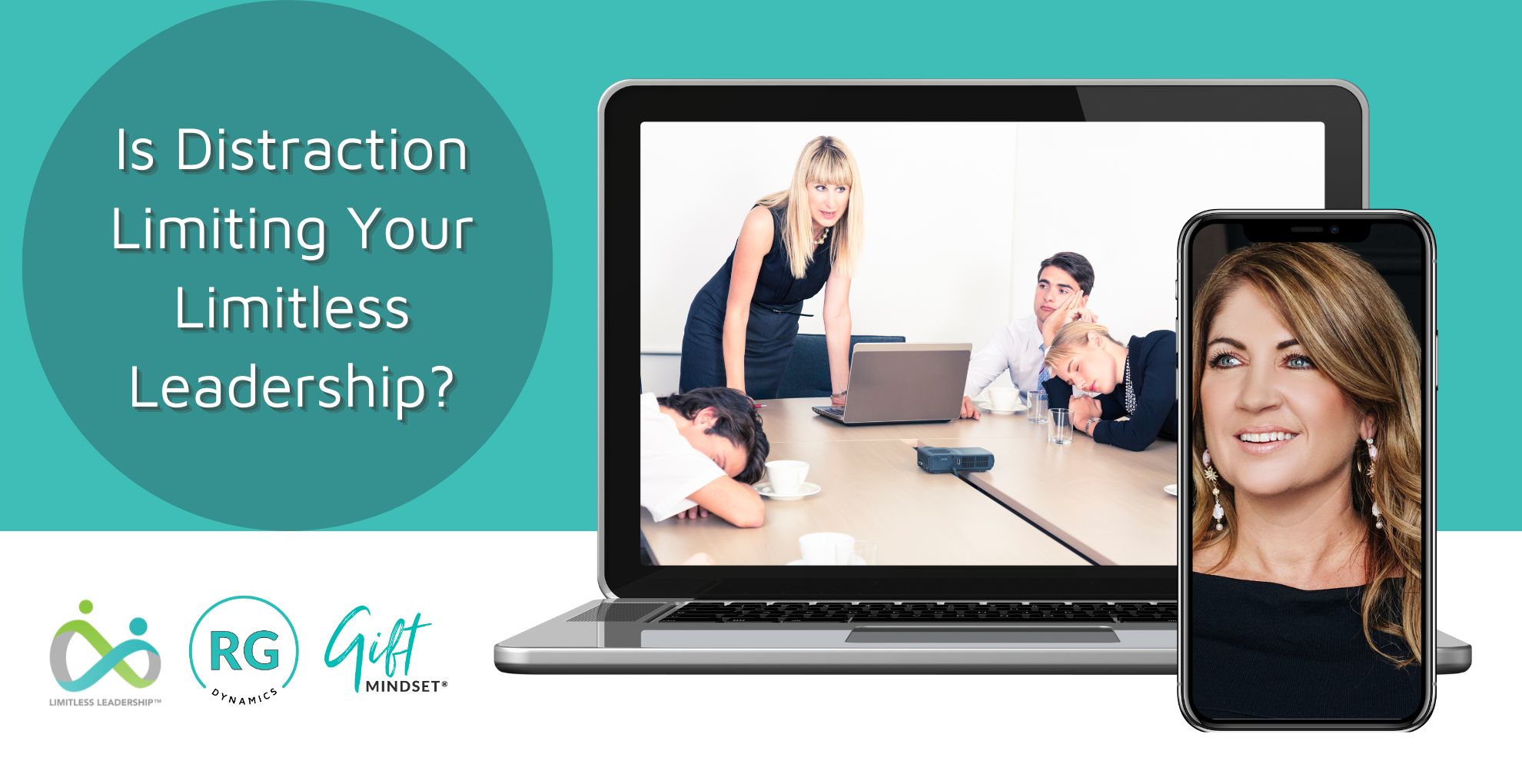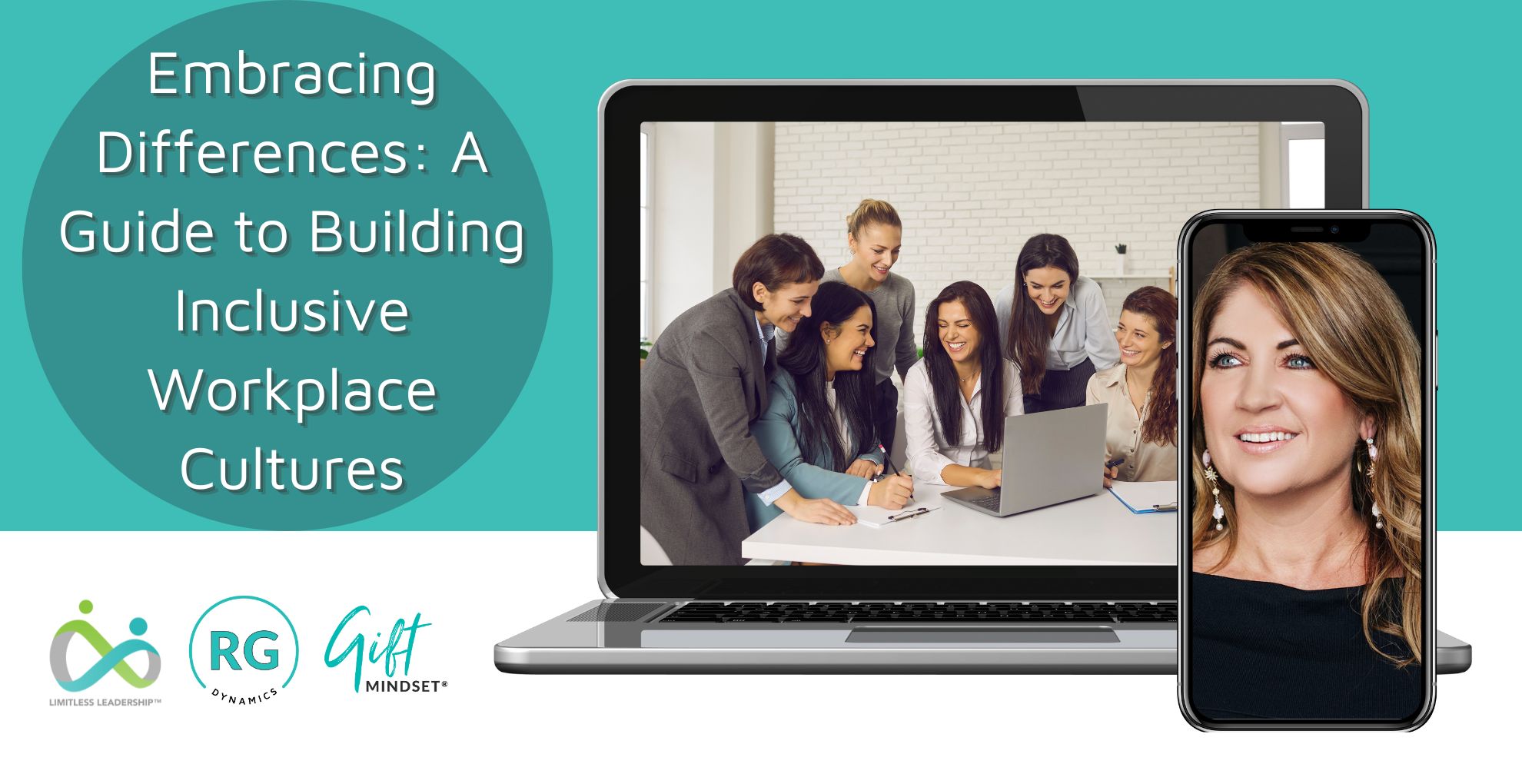Building on self-leadership paves the way for you to easily and effortlessly lead future leaders within your organisation or business. In my last blog, we explored the things that get in the way of creating future leaders and the payoff when we overcome these. There is more to gain than lose when you do and be the things needed at this current time. Bust down the barriers now to create leaders of the future.
I recently spoke at an event where I was asked why women make better leaders to which I responded, “I don’t believe success in leadership or any role comes down to gender but instead, capability, confidence and capacity”.
To me, there are many other aspects to success, but if I was to look at three key buckets if you will, these three stand out as key and help to give you an understanding of where you sit and what needs to be done or not done at all.
Mark, a senior leader I have worked with for over 3 years, has recently returned to work after 12 months on maternity leave, yes, he chose to be a stay at home Dad! Mark is a star performer, and as far as I have known him, has led a highly capable team that almost sees him as a coaching resource. The team exhibit high energy, moral, direction and exceed results. Each team member knows where they are strong and where they can leverage strengths within the team.
This was until Mark returned from leave to find the team in total disarray. In Mark’s words “I have come back to a war zone, total chaos, unhappiness and collaboration are at zero”. His team was led by another manager during his absence who at the time seemed like the right person for the role. He had the capacity and the confidence but in hindsight, not the capability needed for that team. On the flip side, Mark had the capability, and the confidence but not the capacity as his focus was at home nurturing the new life he and his wife had bought into the world.
We can’t always be in full leadership flow, and I believe it’s important to understand why, instead of fighting it and not changing or adjusting what needs to be different.
Looking at the 3 C’s in more detail will give you a reference point:
Capability
Here you need to look at the power or ability you have to do something.
Capability can be learnt, and I believe should always be evolving by adopting a “bursting” mindset where one wants to grow and develop continuously. This is especially healthy when leading others. How can you share experience and knowledge if you don’t gain it first hand?
If you aren’t capable in a role, there goes the opportunity for you to be seen as a role model! You need to have the ability and capacity to want to develop in the areas required. Communication is a skill all leaders need to master. Even if you believe you are an effective communicator I challenge you to take this to the next level and look for evidence that this capability has increased.
Confidence
This relates to the confidence you have in your abilities and those of others. You may be amazing and capable of presenting at conferences, but if your confidence is wavering, then your output will be less than successful. Confidence comes down to having trust, belief and conviction in what you are doing or what you have others doing. Without this, I see the most capable leaders dilute the brilliant strengths they can offer their team and organisation and then the lack of delegation to team members, therefore, stifling growth and empowerment.
In areas, you aren’t as confident as you could be, look at what you need to learn in order to increase this. Look at where you could dial up belief in yourself and/or others and what it will cost you not to do so?
Capacity
The refers to the amount we can produce with the given time and resources at hand. You often hear “I’m at full capacity, I can’t take on any more!” In the case of Mark, he had the leadership capability in the role and the confidence but not the capacity as he allocated 12 months to be a stay at home Dad. What is your capacity? Look at the mental, emotional and physical ability you have.
When I’m designing, and delivering programs, selling work, writing articles and running my practice, I have to know when I’m at capacity or burning out will be on the cards. I need to know the total amount that can be contained or produced, and it needs to be of high-quality thinking and delivery as well as deep and meaningful interactions.
As a leader, what capacity do you have or can you create to ensure “people” are a focus? What can you let go off to ensure you develop yourself and grow your leadership?
I’d love to hear your thoughts on the 3 C’s and what you plan to do with this in order to “Create Future Leaders”.
Renée




